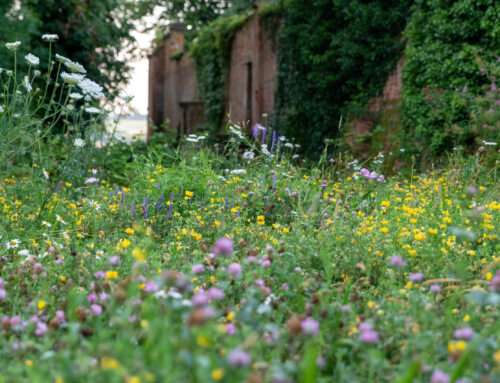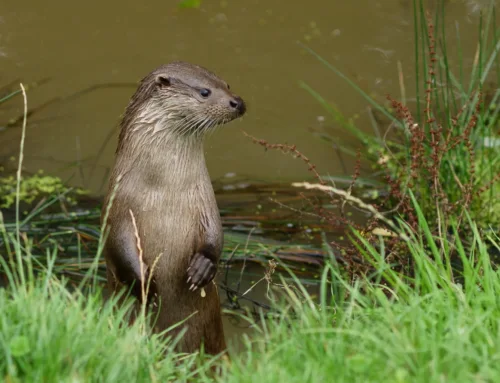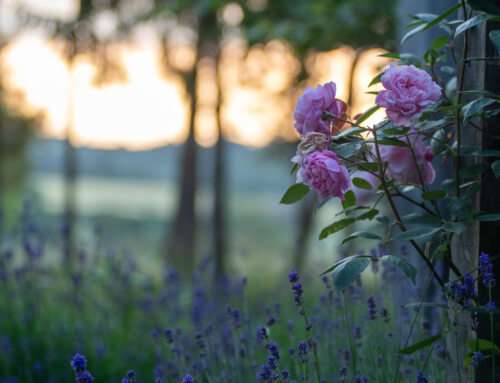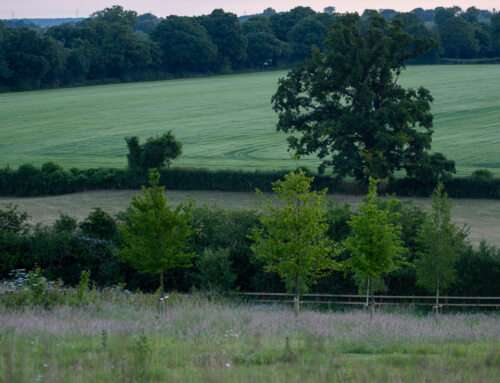The Evolutions of Plants
By Libby Reeves
The evolution of animals is widely known and monopolized. Dinosaurs have been used in films, books, and many other mediums for knowledge and entertainment. The backstory of humanity evolving from apes is used in a similar way. However, plants have evolved alongside these ancient beasts, and their history is equally important. Without plants, we simply wouldn’t be here.
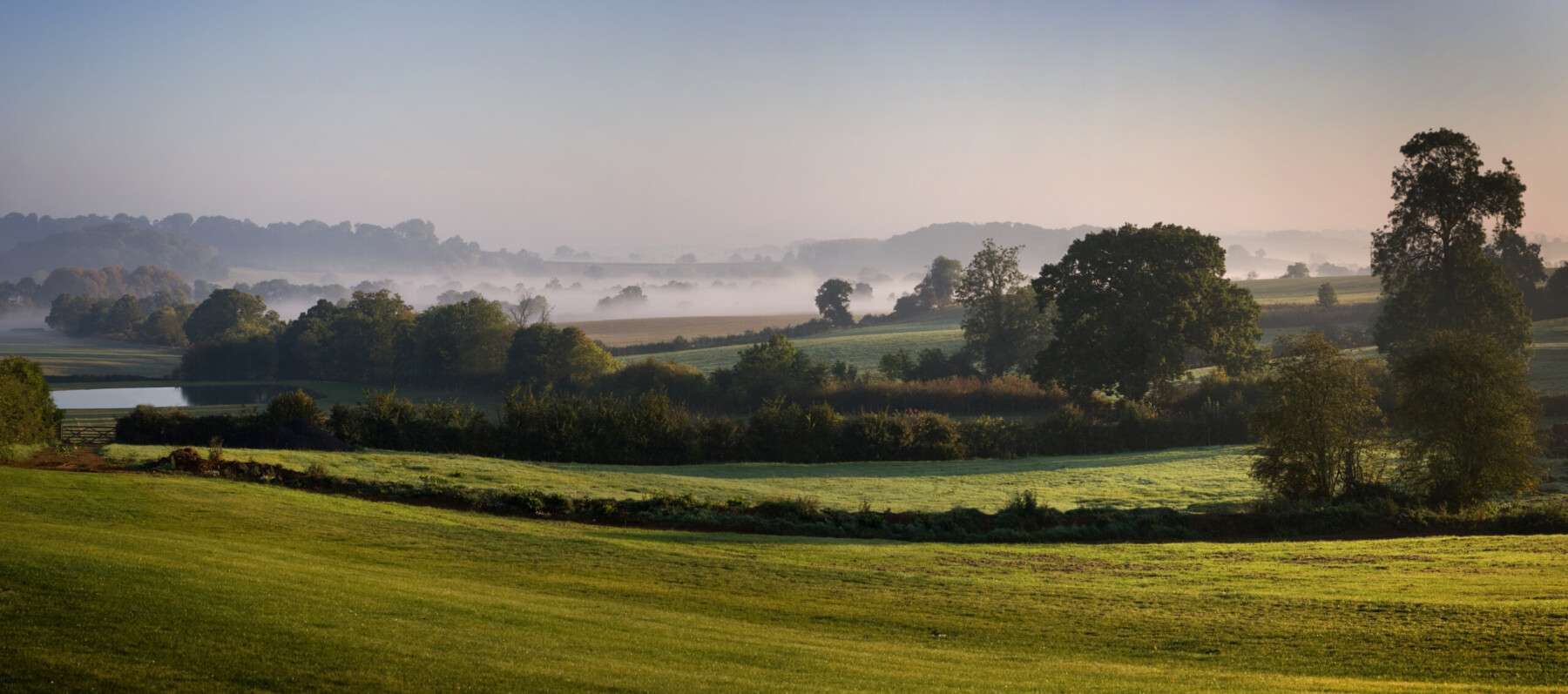
All living beings from the animal kingdom breathe oxygen and consume carbon and nitrogen. This drives a significant amount of cellular activity, keeping us alive. The driving force behind the creation of oxygen and carbon in a usable form is photosynthesis. Photosynthesis occurs in pigments within plants and some single-celled organisms, with the most well-known and dominant pigment being chlorophyll. Carbon dioxide and water are absorbed into the plant cell, where they are transformed into sugar molecules, the building blocks of carbohydrates. The evolution of photosynthesis occurred long before the evolution of plants or animals. The original photosynthetic beings were simple, single-cell individuals that were responsible for changing the atmosphere, making it possible for the future evolution of plants and then animals.
The process of taking photosynthesis from these small, simple cells into larger, more complex ones (which would then form the earliest plants) is remarkable. The belief is that the small, photosynthetic cells were engulfed by larger, non-photosynthetic cells. Instead of breaking down the small cell and absorbing its contents into the larger cell, the small cell remained intact. It then replicated and continued to live within the larger cell’s surroundings, allowing the larger cell to become photosynthetic. This process is called endosymbiosis and was a turning point in the development of plants.
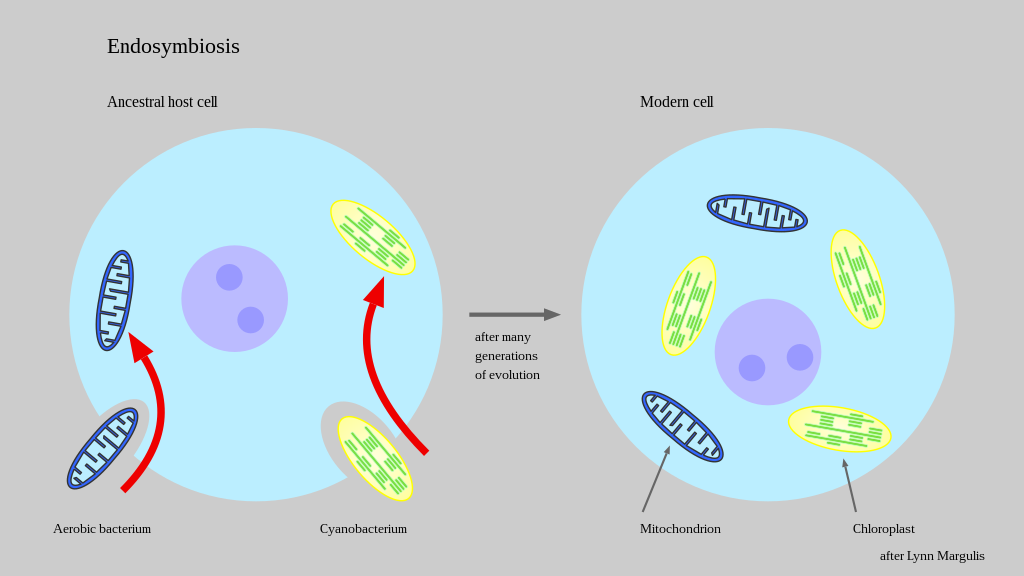
Endosymbiosis
The earliest plants relied heavily on water and required direct and continuous contact with a water body. As plants continued to evolve over millions of years, they started to move onto land, and a method to prevent drying out became vital. The earliest plants, precursors to modern mosses, would become dormant when dried out, resuming natural cell processes once fully saturated with water. Other plants evolved the use of a thick cuticle layer on the top of leaves, protecting the underlying cells from light damage and excessive evaporation. Stomata also developed, which are holes on the underside of leaves that allow for water retention and loss regulation in the plant. When it is hot, the stomata close, preventing water loss. When it is cold, the stomata open, allowing water to move freely through the plant.
The evolution of roots, true leaves, and finally, wood allowed plants to acquire the structure we now recognize as trees. Root development ensured that larger structures had support from underground, keeping them upright. Root development also coincided with soil development and the symbiotic relationship between roots and fungi living in the soil. These relationships provide fungi with carbohydrates from photosynthesis and provide the tree with vital nutrients from the soil. It is challenging for plants to absorb certain nutrients, such as phosphorous, and the fungi provide a pathway for these nutrients to enter the plant. Wood has a high tensile strength, enabling taller plants to lift their leaves higher in the air, maximizing photosynthesis and promoting plant health.
The evolution of trees and taller plants creates a microclimate below, with soil capable of holding greater moisture levels and shade that limits evaporation directly from the leaf surface. Plants can start to differentiate based on their preferred habitats, leading to increased diversity within the plant kingdom.
Originally, plant reproduction relied on wind or water to transport spores or primitive pollen. As insects evolved alongside plant life, another symbiotic relationship formed as plants utilized insects for cross-pollination while providing them with nectar. The advantage here is that insects can fly much farther distances than pollen can travel by wind, ensuring cross-pollination between individuals and resulting in a wider genetic diversity within species. The evolution of flowers became crucial, as each species found ways to attract their chosen pollinators by creating the perfect flower: blues and pinks with scents attract bees, white flowers with nighttime scents attract moths, and deep red flowers with unpleasant scents, resembling rotting meat, attract flies.
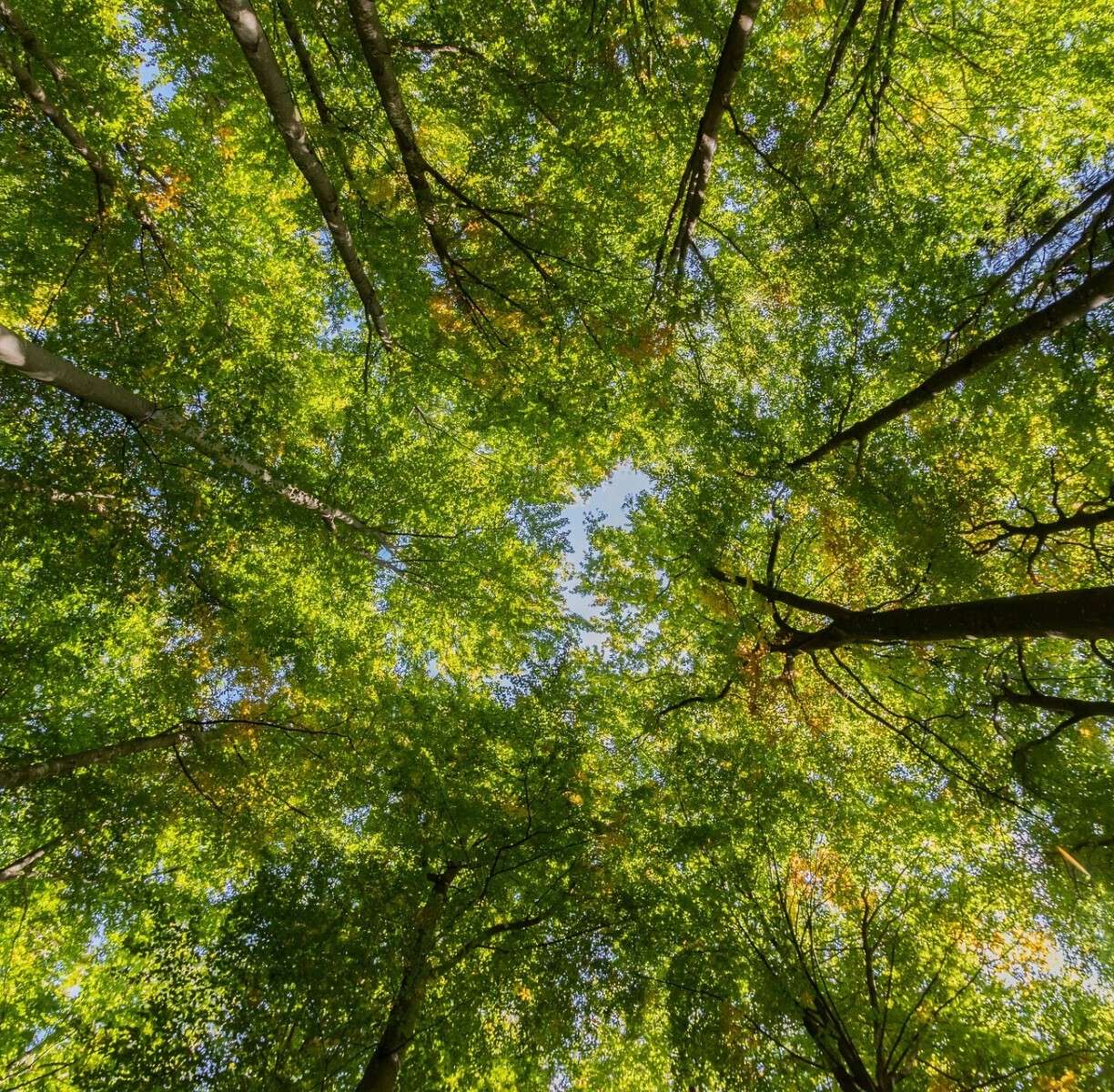
Moving towards modern horticulture, we have driven the evolution of plants for our own purposes. Flowers with excessive petals, variegated foliage, and the absence of thorns have created plants that thrive not due to natural selection but because of the desires of the gardening community. This can be observed in the evolution of food plants as well. Wild broccoli, for example, resembles purple sprouting commonly seen in farm shops, rather than the large and bulbous head of supermarket broccoli. Wild strawberries are tiny and somewhat bitter, while supermarket fruit is large, sweet, and delicious. Pea pods have been selectively bred to be longer and larger, and the pumpkins we carve at Halloween bear little resemblance to any plant found in the wild.
The evolution of plants has allowed for a wide and diverse range to exist and fill our gardens. There are plants that thrive in all areas and climates; we just need to find the right ones to fit our needs. Plants possess various features and qualities that cater to our personal preferences and themes. They evolved alongside the animal kingdom and thus support local wildlife, which should be celebrated and encouraged. Visit Nicholsons where we offer a vast selection to choose from; you’ll find plenty here to suit your growing space.
